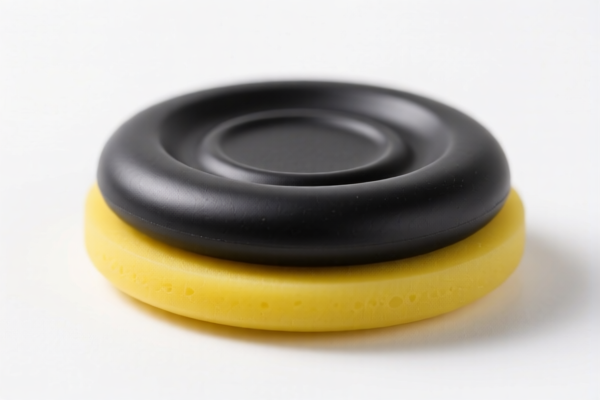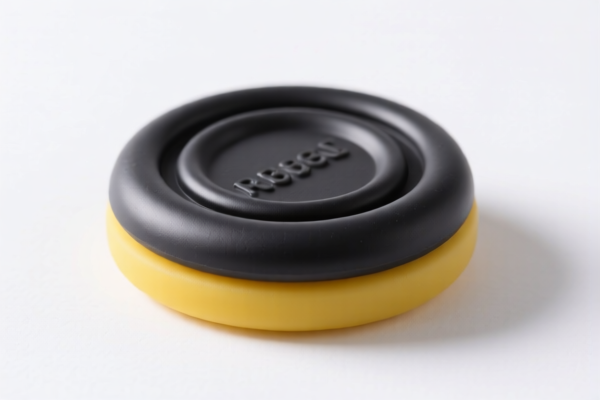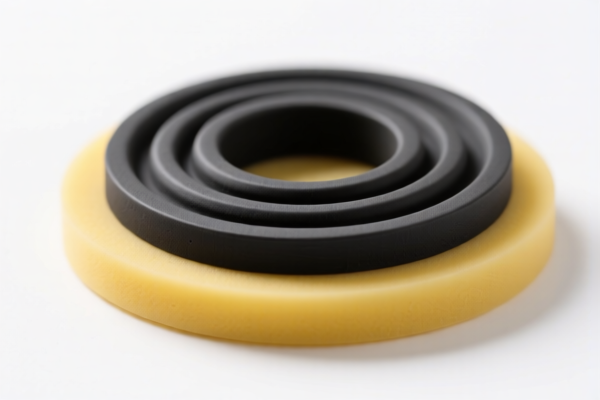| HS Code | Official Doc | Tariff Rate | Origin | Destination | Effective Date |
|---|---|---|---|---|---|
| 4016995500 | Doc | 57.5% | CN | US | 2025-05-12 |
| 4016996010 | Doc | 57.5% | CN | US | 2025-05-12 |
| 4008210000 | Doc | 55.0% | CN | US | 2025-05-12 |
| 4008294000 | Doc | 57.9% | CN | US | 2025-05-12 |
| 5604909000 | Doc | 60.0% | CN | US | 2025-05-12 |
| 5404900000 | Doc | 55.0% | CN | US | 2025-05-12 |
| 5404198080 | Doc | 61.9% | CN | US | 2025-05-12 |
| 5609004000 | Doc | 58.9% | CN | US | 2025-05-12 |
| 5609003000 | Doc | 59.5% | CN | US | 2025-05-12 |
| 9506910030 | Doc | 42.1% | CN | US | 2025-05-12 |
| 3926904510 | Doc | 58.5% | CN | US | 2025-05-12 |
| 3926909910 | Doc | 42.8% | CN | US | 2025-05-12 |
| 3921904010 | Doc | 34.2% | CN | US | 2025-05-12 |
| 3921905010 | Doc | 34.8% | CN | US | 2025-05-12 |




Jack Rubber Pad
A jack rubber pad is a protective accessory used in conjunction with automotive jacks, hydraulic lifts, and other lifting equipment. It serves as an interface between the lifting point of the equipment and the vehicle's chassis, preventing damage to both surfaces.
Material
Typically constructed from durable rubber compounds, often a blend of natural and synthetic rubbers to balance flexibility and strength. Common rubber types include:
- Neoprene: Offers good resistance to oils, chemicals, and abrasion.
- EPDM: Excellent resistance to weathering, ozone, and heat.
- SBR: A cost-effective option suitable for general-purpose use.
- Polyurethane: Provides high load-bearing capacity and abrasion resistance, often used in heavy-duty applications.
Purpose
The primary purpose of a jack rubber pad is to:
- Protect Vehicle Chassis: Prevents crushing, scratching, or deformation of the vehicle's frame, pinch welds, or other structural components.
- Prevent Slippage: Increases friction between the jack and the vehicle, enhancing stability during lifting and lowering operations.
- Reduce Noise: Dampens vibrations and reduces the clanging sound associated with metal-on-metal contact.
- Distribute Load: Spreads the lifting force over a wider area, minimizing stress concentration.
Function
The pad functions by creating a cushioned barrier between the jack’s lifting point and the vehicle. The rubber material conforms to the shape of the lifting surface, providing a secure grip. Its elasticity absorbs minor imperfections and distributes the load evenly, reducing the risk of damage.
Usage Scenarios
- Automotive Repair: Used during oil changes, tire rotations, brake repairs, and other maintenance procedures.
- Vehicle Lifting: Employed with floor jacks, scissor lifts, and hydraulic lifts for raising vehicles for inspection or repair.
- Home Garages: Essential for DIY mechanics performing vehicle maintenance at home.
- Professional Automotive Shops: Standard equipment in professional repair facilities.
Common Types
- Universal Jack Pads: Designed to fit a variety of jacks and vehicles, often with a textured surface for enhanced grip.
- Pinch Weld Pads: Specifically shaped to protect pinch welds, the reinforced seams on the vehicle's undercarriage. These often have a slotted design to accommodate different pinch weld thicknesses.
- Frame Rail Pads: Used to lift vehicles by the frame rails, providing a secure and stable lifting point.
- Axle Pads: Designed for lifting directly on the axle, typically used with specific vehicle models.
- Rubber Blocks/Pucks: Simple, solid rubber pads used for general-purpose lifting.
- Domed Pads: Often used to cradle specific lifting points on the vehicle.
- Spool Shaped Pads: Designed for lifting on rounded surfaces.
Based on the provided information, “jack rubber pad” can be classified under several HS codes, depending on its specific composition and application. Here’s a detailed breakdown:
- 4016995500: This code covers “Other articles of vulcanized rubber other than hard rubber: Other: Other: Other: Vibration control goods of a kind used in the vehicles of headings 8701 through 8705”. If the jack rubber pad is specifically designed for vibration control in vehicles (headings 8701-8705 cover motor vehicles and parts), this is a relevant classification. The total tax rate is 57.5%, comprising a 2.5% base tariff, a 25.0% additional tariff, and a 30.0% additional tariff applicable after April 2, 2025.
- 4016996010: This code covers “Other articles of vulcanized rubber other than hard rubber: Other: Other: Other: Other: Other Mechanical articles for motor vehicles”. If the jack rubber pad is considered a mechanical article used in motor vehicles, this code applies. The total tax rate is also 57.5%, with the same tariff structure as above (2.5% base, 25.0% additional, and 30.0% after April 2, 2025).
- 4008210000: This code covers “Plates, sheets, strip, rods and profile shapes, of vulcanized rubber other than hard rubber: Of noncellular rubber: Plates, sheets and strip”. If the jack rubber pad is manufactured as a plate, sheet, or strip of noncellular rubber, this code is applicable. The total tax rate is 55.0%, consisting of a 0.0% base tariff and a 25.0% additional tariff, increasing to 30.0% after April 2, 2025.
- 4008294000: This code covers “Plates, sheets, strip, rods and profile shapes, of vulcanized rubber other than hard rubber: Of noncellular rubber: Other: Other”. If the jack rubber pad is a noncellular rubber product not specifically classified as plates, sheets, or strips, this code may be suitable. The total tax rate is 57.9%, with a 2.9% base tariff and a 25.0% additional tariff, rising to 30.0% after April 2, 2025.
Important Considerations:
- The classification between 4016995500 and 4016996010 depends on the specific function of the pad within the vehicle. If it's primarily for vibration damping, 4016995500 is more appropriate. If it's a general mechanical component, 4016996010 is more suitable.
- The classification between 4008210000 and 4008294000 depends on the shape of the pad. If it's clearly a plate, sheet, or strip, use 4008210000. Otherwise, use 4008294000.
- Please note that the additional tariff rates are subject to change, particularly after April 2, 2025. It is recommended to verify the latest tariff information before import.
Customer Reviews
No reviews yet.